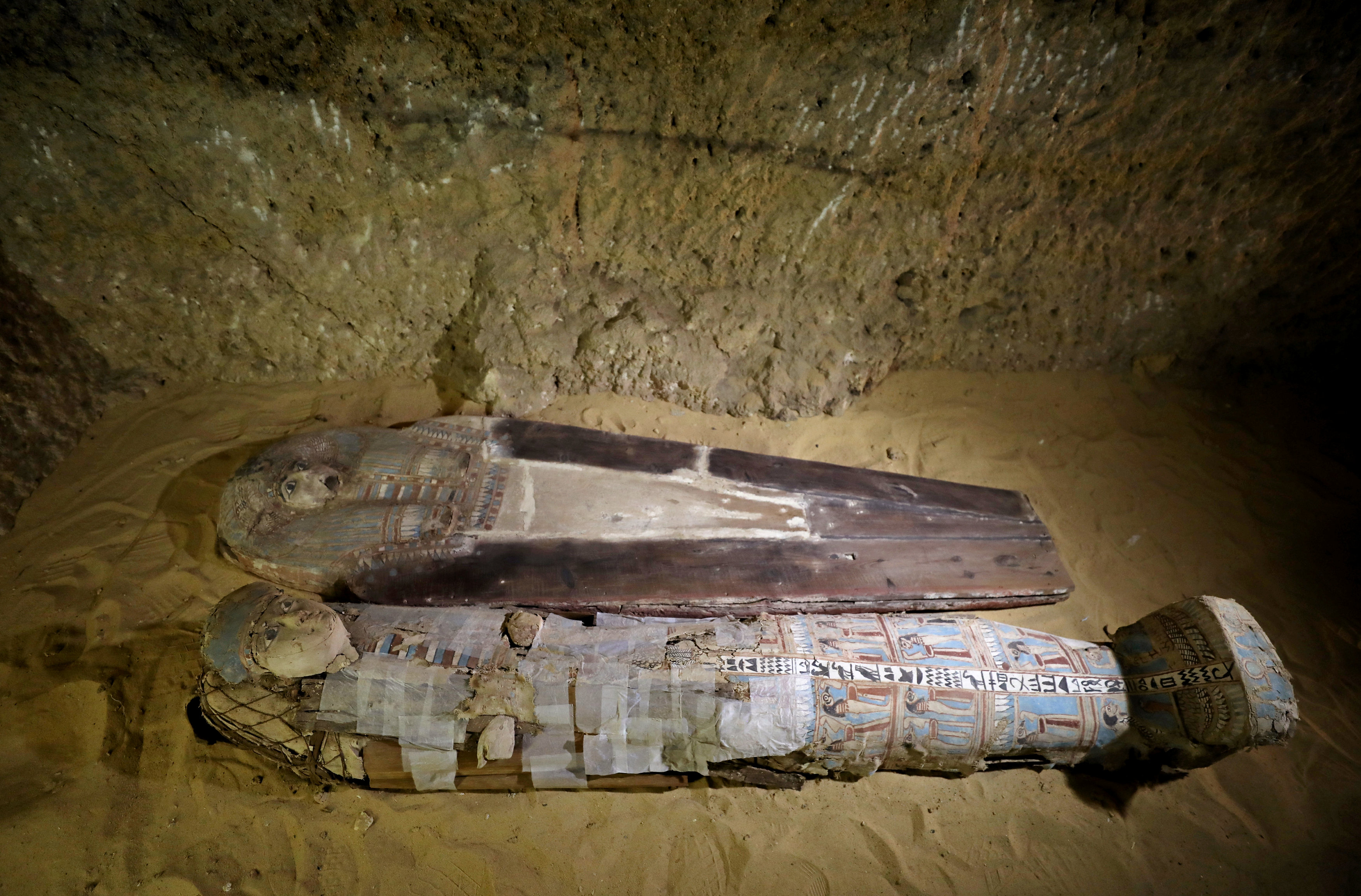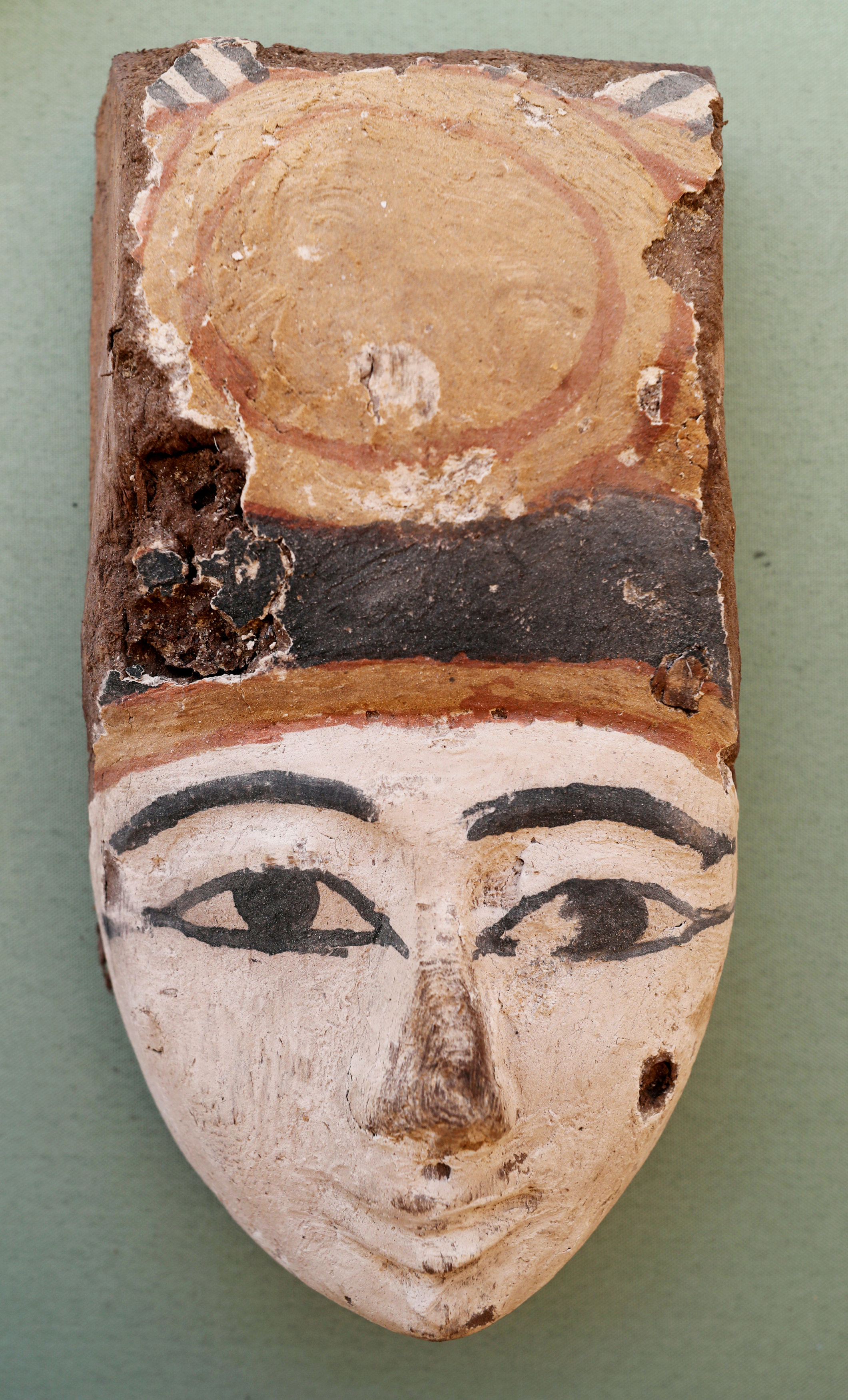A tomb complex dating to the Old Kingdom has been discovered on the southeast Giza Plateau near the Great Pyramids. The oldest is a carved limestone tomb with hieroglyphic inscriptions on the walls. It’s a family tomb dating to around 2500 B.C.

The tomb belongs to two persons: the first named Behnui-Ka, whose name [h]as not [been] found before in Giza plateau. He had seven titles among them the Priest, the Judge, the purifier of pharoahs Khafre, Userkaf and Niuserre; the priest of goddess Maat, and the elder juridical in the court.

The second owner named Nwi had five titles among which [are] the chief of the great state, the overseer of the new settlements, and the purifier of King Khafre.
Many artefacts were discovered in the tomb; among the most significant is a fine limestone statue of the tomb’s owner, his wife and son.

The cemetery is adjacent to the one the pyramid builders were buried in, and Behnui-Ka’s pharaonic service connect him to the construction of Giza’s famous monuments. Khafre was a 4th Dynasty pharaoh, the son of King Khufu builder of the Great Pyramid. Khafre was no slouch in that department either, having built the second largest of the three Pyramids of Giza. The Great Sphinx was built under his reign as well, and may have been intended to guard Khafre’s pyramid. Its face bears some similarity to extant busts of the pharaoh, so it was likely also symbol of royal power.

Userkaf was the first pharaoh of the 5th Dynasty, Nyuserre Ini was the sixth. That makes Behnui-Ka a very long-lived and successful official, a sort of Old Kingdom Talleyrand.
The cemetery features a number of limestone chambers and shafts and was extensively reused during the Late Period. Starting in the early 7th century B.C., beautifully painted wooden sarcophagi were placed in the ancient space along with statues of animals and people and other funerary offerings.





